What Happens to Sharps after Use?
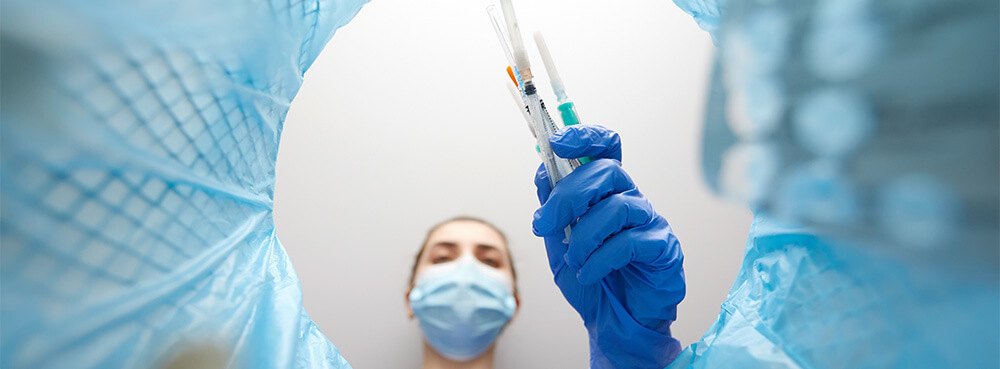
Correct disposal of sharps waste is essential to protect the health and safety of healthcare providers, patients, and the general public, and it also protects the environment. Sharps such as syringes are considered hazardous waste whether they are used in human or animal healthcare scenarios. Per Department of Health guidelines, the hazardous waste status is applicable if sharps and any related waste are contaminated with cytotoxic and/or cytotoxic medicines, contaminated by other medicines and chemicals, or considered to have infectious properties.
TOPICS WE WILL COVER:
1 / Where to find guidance for sharps waste disposal
2 / Disposal of sharps in healthcare settings
3 / Containment and disposal of sharps waste
4 / Disposing of used sharps in home-based scenarios
5 / Stay up to date with regulations
Where to find guidance for sharps waste disposal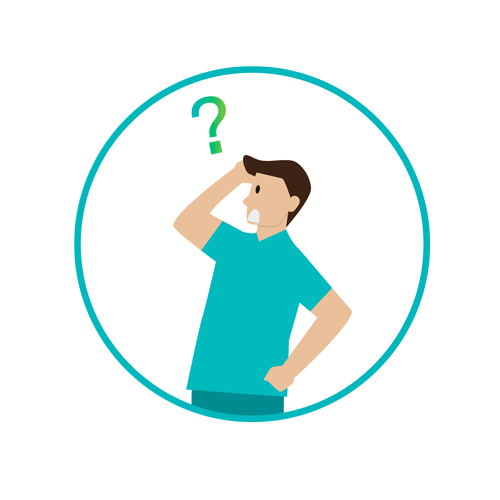
The Department of Health outlines the different types of sharps waste that can arise from healthcare settings. Do you know how to properly dispose of sharps waste? If not, then there are a number of resources available to help answer your sharps disposal questions. Among them include:
- Health and Safety (Sharp Instruments in Healthcare) Regulations 2013 publication
- Department of Health Environment and Sustainability Health Technical Memorandum 07-01: Safe Management of Healthcare Waste.
- Safer Needles Network
- European Biosafety Network
Sharps safety issues like needlestick injury prevention is also covered in the Control of Substances Hazardous to Health (COSHH) regulations. Employees should always notify their employers regarding any type of sharps injury accident or near miss. However, proper containment of sharps helps to reduce the risk of such injuries.
Disposal of sharps in healthcare settings
It is the duty of care of the person using sharps in a healthare setting to ensure that any waste produced through use of sharps causes no damage or harm, whether the facility is a producer or holder, a carrier, or a consignee.[1] However, according to the Health and Safety (Sharp Instruments in Healthcare) Regulations 2013, duty of care regulations in regard to sharps and sharps disposal are applicable to healthcare providers, their employers, and any contractors working for such an employer.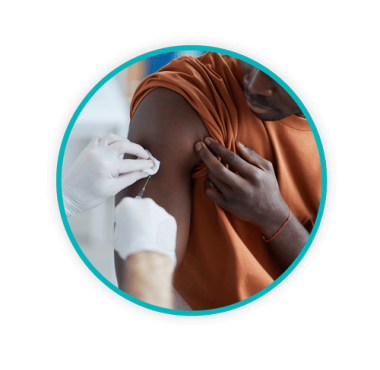
Per the Sharps Instruments in Healthcare document, sharps regulations mimic the standards of care in regard to implementing preventive control measures that are determined in COSHH. This includes avoidance of unnecessary sharps use and that whenever possible, employers should utilise ‘safer sharps’ in place of unprotected and traditional sharps – where practical. Safer sharps are a type of sharp that has mechanisms and/or features that minimise risk of accidental injury.
COSHH regulation 7(6)(c) requires safe disposal of contaminated waste. Therefore, sharps regulations augment this by requiring clearly marked and secure containers are placed as close to the sharps waste's point of origin. Instructions and guidance regarding safe sharps disposal are also to be placed in such areas. A download of the sixth edition of this regulation can be accessed here.
In addition to the Health and Safety Executive publication, references can also be found in the Health Technical Memorandum (07-01: Safe management of healthcare waste) published by the Department of Health. Access to a free download of the document can be accessed here.
Containment and disposal of sharps waste
Use of compliant and properly colour-coded bins and containers not only ensures minimisation of potential injury, but ensures proper segregation of medical waste streams. Clarification and additional details regarding colour-coding for sharps and container labelling procedures can be found in Chapter 5 of the Health Technical Memorandum.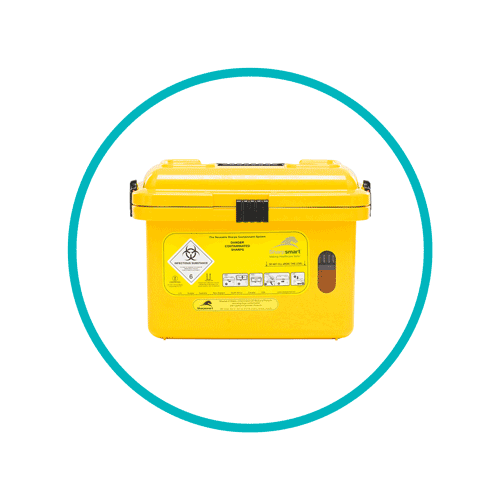
Cytotoxic and cytostatic waste, commonly used in cancer treatment therapies, are to be disposed of in purple containers. Sharps that have been contaminated by a medicine other than cytotoxic and/or cytostatic components, and may also include vials, ampoules, or bottles of medicine are to be disposed of in yellow bins with yellow lids.
Sharps that have been contaminated with cytotoxic and/or cytostatic medicines are placed in a purple-lidded, yellow sharps box or bin, while sharps that have not been contaminated with a medicinal product are disposed of in a yellow bin with an orange lid.
While it's important to understand the variety of containers required for sharps disposal, the other key component to consider when procuring specific containers is the design of the container itself. Are the containers protected against punctures or leaks? Can sharps waste be accessed after disposal? Are they designed for single-use or are they reusable? There are certain design requirements that all containers must meet, but that does not make all containers equal. Especially as healthcare facilities continue to embrace net zero initiatives, considerations for sustainability and reusability will be as important as the safety of these containment systems. Sharps, regardless of source, are typically incinerated.
Disposing of used sharps in home-based scenarios
According to the National Health Service, home-based use of a sharps container can be used to dispose not only of needles and syringes, but also lancets used in finger-prick devices used by diabetics. For disposal processes of full sharps containers or bins, consult with your local city council first. In many cases, local councils are responsible for the collection of full sharps bins.
Other options for disposal of home-based use of sharps is to return the bins or boxes to a local health centre, pharmacy, or GP practice.
In cases where an individual is homebound or otherwise unable to visit drop-off locations due to disability, some city councils do arrange to collect used sharps containers from a home on a scheduled basis as long as the individual is registered for household collection.
Stay up to date with regulations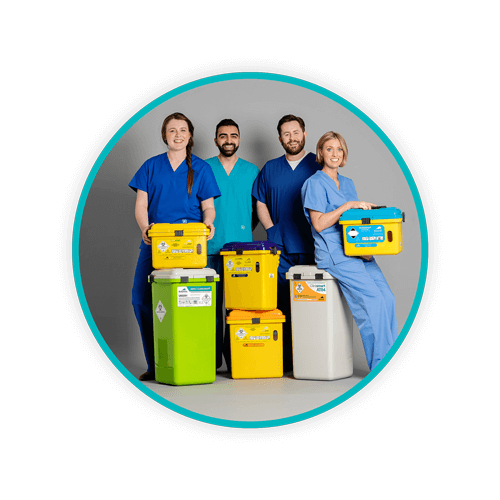
Legislation and regulations regarding healthcare waste are frequently updated. It is also the duty of care of any facility that utilises sharps to routinely review primary sources for health and safety regulations by accessing various resources such as the Health and Safety Executive, the Department of Health, government websites focusing on health care and related wastes, and local city council or municipal guidelines for instruction.
Sharpsmart provides a variety of solutions for all healthcare facilities, pharmaceutical manufacturers, laboratories, primary care facilitators, as well as home-based sharps users when it comes to safety and sharps disposal options. Waste reduction and minimisation of waste, reduced risk of needlestick injuries, and reducing burdens on the environment are the focus of Sharpsmart. For more information on our products and services that support compliance and sustainable cost-effective solutions when it comes to sharps and other healthcare waste streams, call us today
